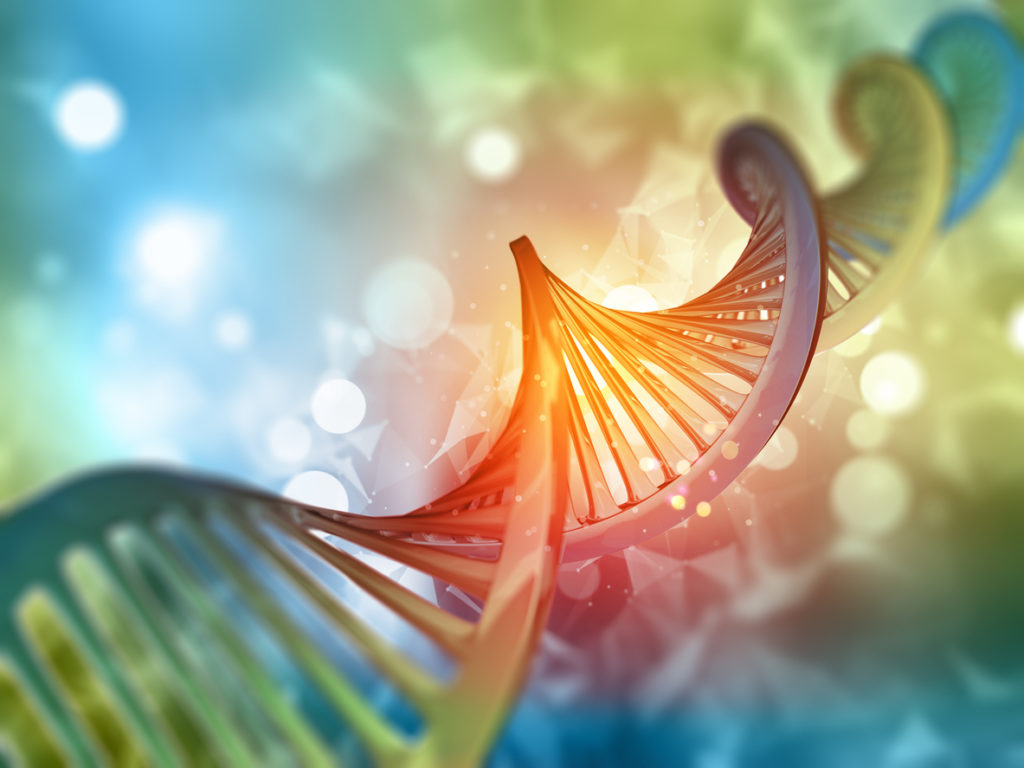Over the last decade, as new sequencing technologies have been developed and improved, oncology NGS or Next-Generation Sequencing has already been widely used in cancer genomics research. NGS has been used in clinical oncology more recently to enhance customized cancer treatment. NGS is used to find novel and uncommon cancer mutations, identify carriers of family cancer mutations and offer a molecular justification for targeted therapy. In comparison to conventional sequencing, NGS has a number of benefits, including the capacity to comprehensively sequence all sorts of mutations in a large number of genes in a single test at a cheap cost. However, substantial barriers must be addressed to bring NGS to the bedside of cancer patients, most notably the necessity for simpler assays, greater flexible throughput, faster turnaround time, and, most significantly, better data analysis and interpretation. In general, continued commitment to applying NGS in clinical cancer treatment will get us closer to customized therapy.
Sanger et al. created a DNA sequencing technique based on electrophoresis over 30 years ago. However, because of its low throughput as well as relatively high cost, sequencing a huge set of genes and samples has never been practical. To address this impediment, novel sequencing technologies have been developed. NGS methods parallelize the sequencing of thousands of DNA molecules. It enables rapid processing and great throughput. It is capable of generating quantitative and qualitative sequencing data in two weeks that is equal to the Human Genome Project’s data. Today, there are already a lot of commercially available NGS platforms like the Illumina Hiseq and Miseq, the Roche 454 GS and its Junior versions, the Ion torrent personal genome machine, and also the Life Technologies SOLiD. However, there are certain NGS systems, like Miseq as well as Ion torrent, that seem to be more suitable for clinical application than others due to their higher flexibility and faster turnaround time. We focus on the use of NGS to preventing cancer, diagnosis, and therapy in this study.
Clinical Oncology NGS
NGS-based identification of new cancer mutations
NGS technology has made it possible to discover novel and uncommon somatic mutations efficiently and accurately. When it comes to the identification of new mutations for some malignancies like bladder cancer, renal cell carcinoma, small cell lung cancer, prostate cancer, including chronic lymphocytic leukemia, NGS has been successful in doing such. In individuals with an uncommon type of acute promyelocytic leukemia, whole-genome sequencing using NGS effectively revealed a new PML-RARA recombinant DNA that was undetected using traditional cytogenetic methods. Gui et al. sequenced the exomes of nine transitional cell carcinoma tumors in our department to identify somatic mutations and then screened tumor samples from 88 patients with transitional cell carcinoma at various stages and grades. They discovered 55 significant mutations associated with transitional cell carcinoma, wherein 49 of which have been initially discovered in bladder cancer. Additionally, they sequenced the whole exomes of ten clear cell renal cell carcinomas as well as screened hundreds of genes in another 88 samples, identifying twelve novel altered genes.

Keller et al. employed precise target selection and next-generation sequencing to uncover new SNPs in genes previously linked with GBM. Over 6000 SNPs were discovered, including over 1300 SNPs in targeted genes. These findings demonstrate that directed resequencing is an excellent method for detecting SNPs associated with illness risk. The method may be particularly useful in customized medicine for determining a patient’s relevant genotype at a fair price.
Numerous unique genetic abnormalities and related potential treatment targets have been identified in a variety of malignancies utilizing whole-genome or whole-exome sequencing.
NGS for cancer therapy personalization
Apart from discovering genetic and new somatic alterations, NGS may also be used to improve the creation of rationally tailored personalized medication. Numerous research has been conducted to date using NGS for cancer-tailored therapy. NGS has been utilized to treat pancreatic cancer, for example. It was also utilized to detect epidermal growth factor receptor or EGFR deletions in non-small cell lung cancer, which seems to have significant pathogenetic and clinical consequences for non-small cell lung cancer patients. Additionally, it was utilized to detect the PML-RARA fusion gene in acute promyelocytic leukemia, resulting in a modification in the patient’s treatment regimen. KRAS, ERBB2, EGFR, NET, PIK3CA, FGFR2, and AURKA gene mutations in gastric cancer using Affymetrix SNP arrays were successfully identified by Holbrook’s team and the Illumina mRNA expression arrays, and sequencing, and their data suggested that targeted therapies for gastric carcinoma would benefit 11 of the 50 patients in their study. Roychowdhury et al. published the first research to demonstrate the use of whole-genome as well as the whole + transcriptome sequencing for customized therapy. They evaluated the integrated method in many patients and examined the resulting sequencing data with the Sequencing Tumor Board, a team of clinical and genomic sequencing specialists, to identify the most appropriate treatment. Following that, they applied the method to real patients, sequencing tumor but also normal DNA. The pilot trial recruited two patients, also with colorectal cancer as well as the other with melanoma, who had previously been treated unsuccessfully. Within four weeks after biopsies, the integrated sequencing plus analysis was finished. Variations in CDK8 and NRAS were identified in patients with colorectal cancer and are being evaluated as possible targets for future therapeutic trials.
Although the majority of the pilot trial’s findings were not clinically meaningful, the study indicated that NGS is a cost-effective and time-efficient clinical application. Additional NGS-based research has been reported. In an exciting study, genetics experts at Washington University sequenced the whole genome and transcriptome of a team member who was diagnosed with adult acute lymphoblastic leukemia. Cancer relapsed twice in the ten years following the first diagnosis. Then, using RNA sequencing, he and his colleagues discovered a hint regarding the illness. Their findings indicated that a normally active gene, FLT3, was hyperactive in leukemia cells. Fortunately, the medication sunitinib, which has been authorized for the treatment of advanced renal cancer, inhibits FLT3. His blood counts returned to normal after sunitinib therapy. This is an excellent example of NGS being translated into clinical practice. At the moment, genetic abnormalities are seen using just DNA and RNA sequencing. The epigenetic gene including small RNA will indeed be mapped in the future to offer complementary data and facilitate cross-validation.
